Mali, West Africa (Part Two)
 Saturday, May 5, 2012 at 12:51PM
Saturday, May 5, 2012 at 12:51PM Bamako
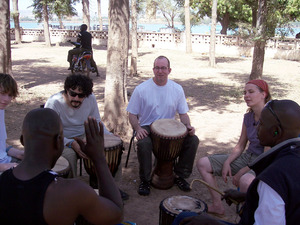 It has been a fantastic day. After breakfast we had a superb two-hour djembe lesson with Madou at the Palais de Culture just around the corner from our hostel. Alonso had met this women eating breakfast at The Sleeping Camel, Tina from Slovakia, who had come to study with Madou. We figured this guy must be something as Tina has come to Mali four times just to work with him. We got his number and completely butted into her lesson. We played outside among the big trees next to the Niger River. A perfect setting.
It has been a fantastic day. After breakfast we had a superb two-hour djembe lesson with Madou at the Palais de Culture just around the corner from our hostel. Alonso had met this women eating breakfast at The Sleeping Camel, Tina from Slovakia, who had come to study with Madou. We figured this guy must be something as Tina has come to Mali four times just to work with him. We got his number and completely butted into her lesson. We played outside among the big trees next to the Niger River. A perfect setting.
This lesson was an eye-opener for us three musicians. The process worked like this: Madou would give us a part to play and we would repeat it and repeat it and repeat it. Slowly taking it deeper and deeper into ourselves. Sometimes he would play the part with us, but mostly he would solo and play around the part while we tried to keep it together. What he was doing was unbelievably strange. Sometimes he would just play a single hit, over and over again that was so in-between our parts I could barely hold on to the time. Once we felt solid with that, he would pick a different, very odd, beat and hit that one over and over again. And then, once we got strong enough he would do the same thing but play that beat way, way, way, lazy and behind the time. It was as if he was doing a kind of surgery on our sense of time – going in and manipulating the feel in between all of our notes.
Once we had gone through this process he would begin to solo. If we lost it, he would bring back the main part until we solidified again. Then he would shoot off and start bending the time. It think we did pretty well because his smile got bigger and bigger as he played.
Madou then gave us a “signal part” which was used to move to a new rhythm. We all would play this and then switch to part number two. To my surprise, I could not play part number two while keeping the pulse going to save my life! The way the bass notes and slaps hit the drum for part one was totally different than part two. For part one, the bass notes were on the off beats and the slaps were on the downbeats -- the bass tones leading into the downbeats. For part two, the opposite was the case – the bass tones were the downbeat. This should have made part two easy, as it was closer to a Western rhythmic approach, but…my body was very challenged in making the transition. And, most would not say that Trey was rhythmically challenged! I could play the part but not, simultaneously, hold the inner pulse. Alonso got it, but I had to cheat by switching the downbeats and up-beats in my mind and in my tapping foot.
 Djembe drum
Djembe drum
Then we were given a third rhythmic part. This one was even more complex as it was several bars instead of one. These bars had some tricky variations. It, also, wasn’t 8 bars long! I have no idea how long it was -- I think it might have been twelve. But, clearly, for someone who has played some tricky shit in my time, this was some serious rhythm challenge.
The whole time he had an assistant (Lamine) who was playing a dun-dun drum with what we came to call the clave part. This was the second part to the rhythm. Or perhaps it was really the first part, as it was the “ground” that all the other rhythms were built on top of. In a sense, our part was the simple one and the clave part was the complex one. After about an hour of playing I asked if Lamine could teach me his part. I got it pretty quickly but I wasn’t able to hold the main pulse in my feet while doing so. Meaning I couldn’t really play the part – I had to, mentally, rearrange the meter/pulses incorrectly in order to play the part. One of the tricks to this part is that is doesn’t begin on the first downbeat, but juuuust after it. We have all of this on videotape so we can go back and relearn these parts later. (Update: I have since learned to do all of this now!)
All of us playing together
Madou showing the three patterns
And focussing in on the clave part (played by Lamine on the Dundun)
transcription of the clave part
We had many encounters with rhythm on this trip. One of the big questions that kept haunting us was the use of the bass tone during the flow of meter. “Meter” being a bar of time: 1, 2, 3, 4 (repeat). In the West we have some general ideas about where the bass tones come. In nearly all rock, rap, gospel, blues, soul, R & B – generally most music that we associate with the African Diaspora in the west – the low tone of the drum comes on the main downbeats: 1 and 3. Believe me, I know this is an over simplification. There are many variations on this theme and I have based most of my musical life on disrupting this assumed pattern, but it still holds true.
However, dipping my feet into the tradition of drumming here in Mali this is definitely not the case. Sometimes it is the case. But many, many of the rhythms we have encountered do not put the low tone on the downbeat. They tend to use the low tone, an awful lot, as a lead in to the downbeat. With what a drum-kit drummer would call putting the snare on the downbeat instead. But it is much more varied and sophisticated then simply switching the kick and snare patterns. It is as if, in the West, the bass drum serves as a ground for us. Whereas, here, the bass drum functions as a sideways push to the rhythm. It doesn’t ground, it energizes from the sidelines.
Much more on this as we get further on into this trip.

Feb 14, 2012 - Bamako
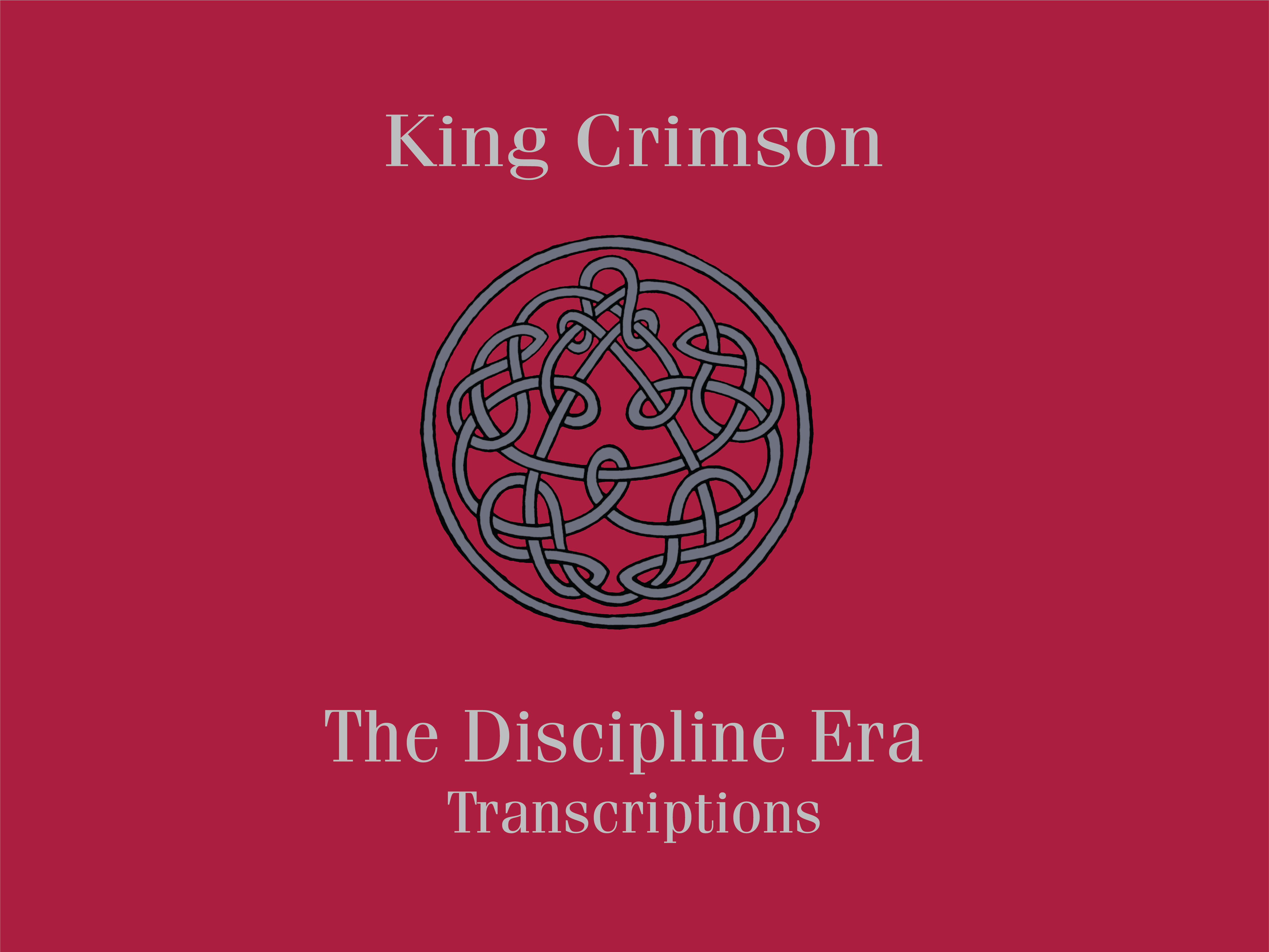
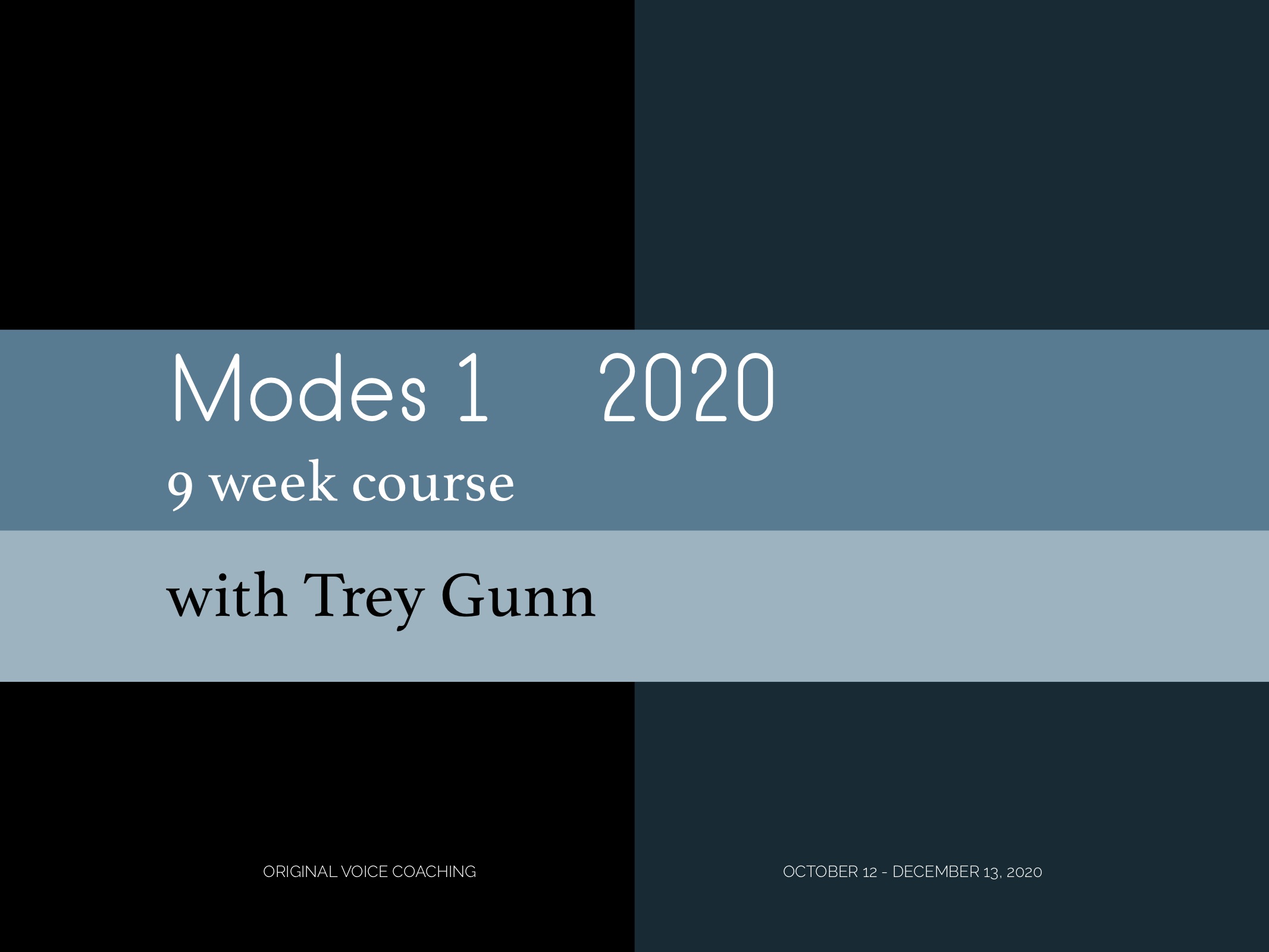
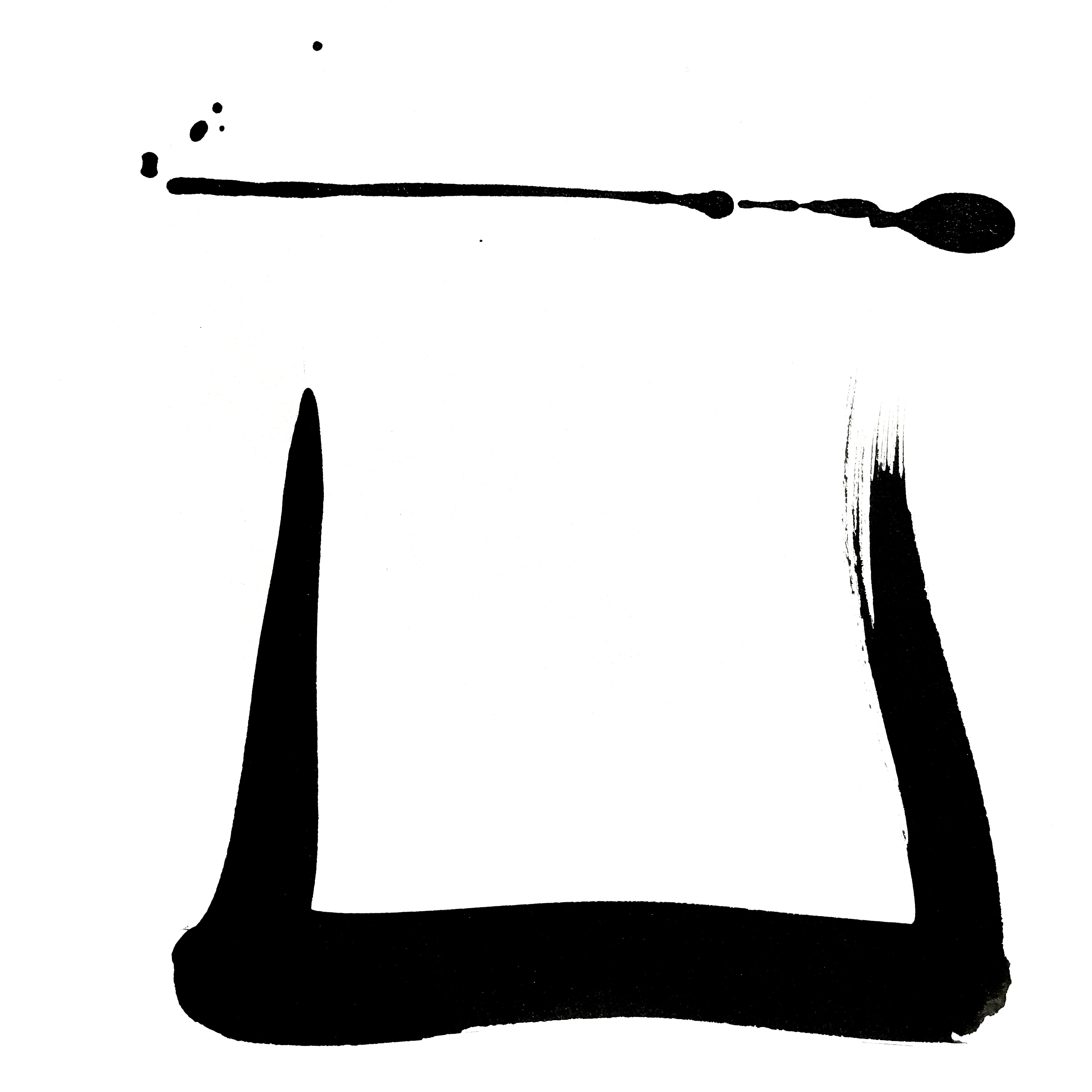
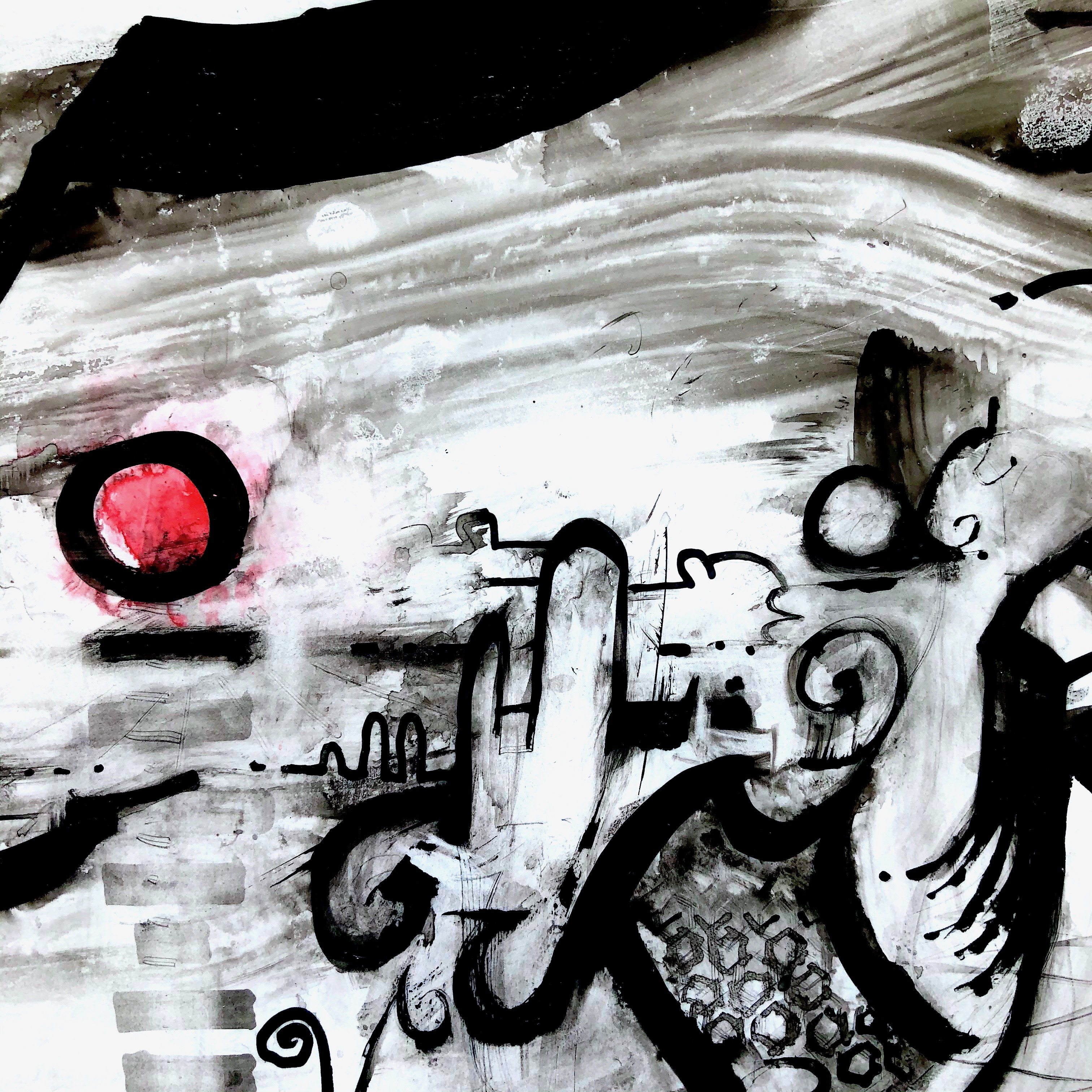
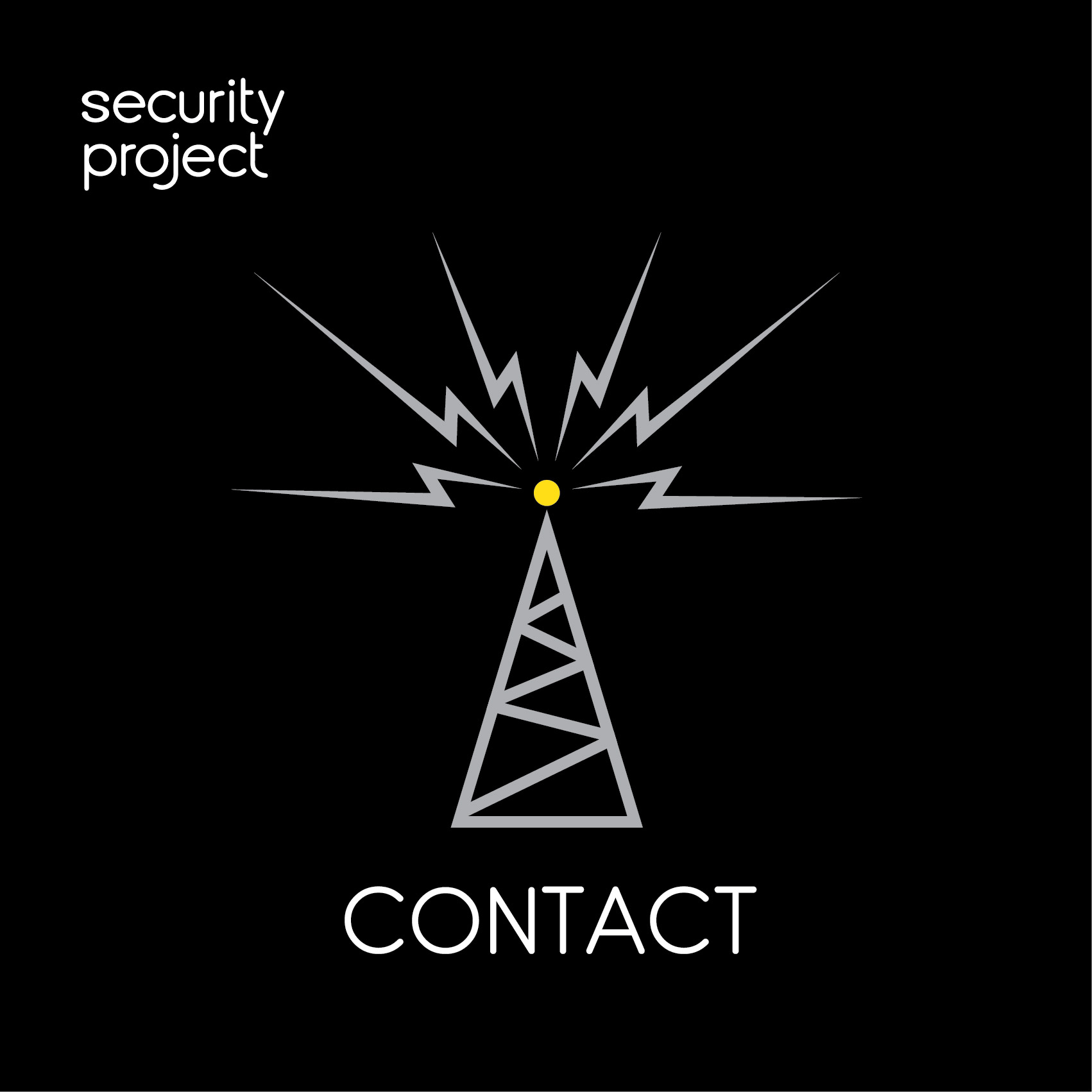
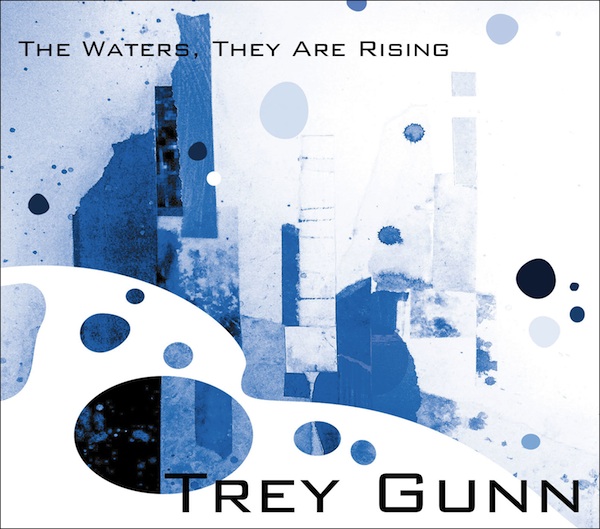
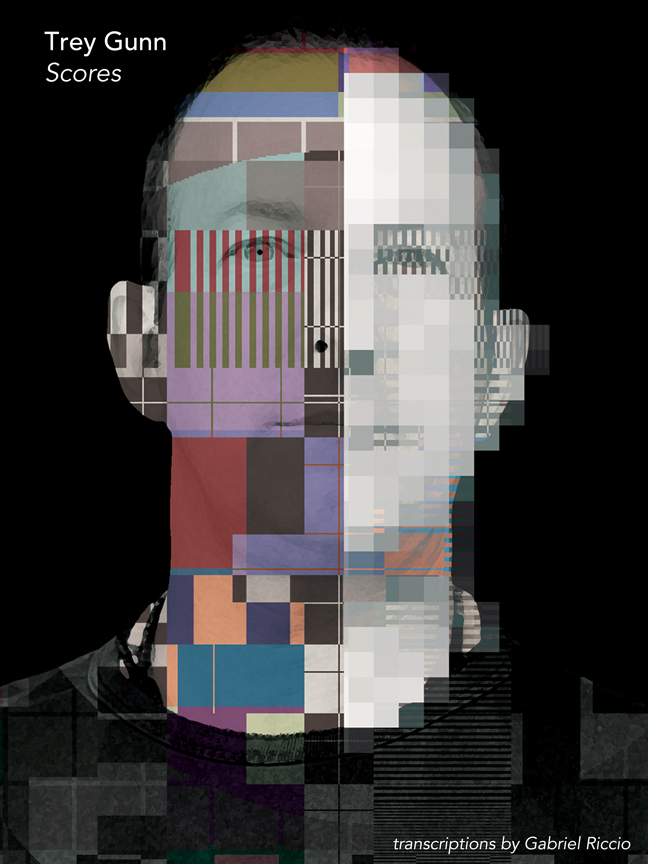

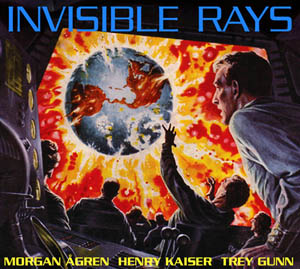
Reader Comments (3)
Thanks for these posts on your trip to Mali. They are quite interesting and am looking forward to more.
Hmmmm,wow.when I would jam on buddy,s drum set ,I would never use the bass drum as the beat,hmmmmm thankxS!
Mr. C, please, give us Part Three! Ha!